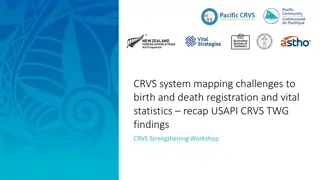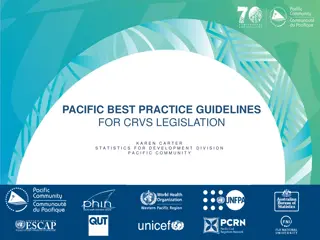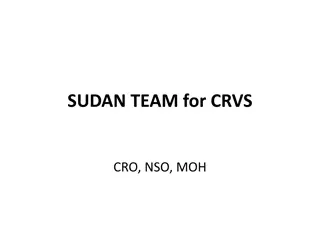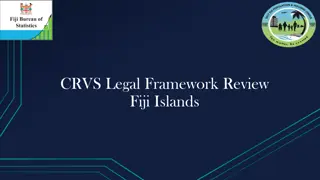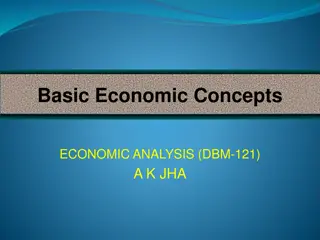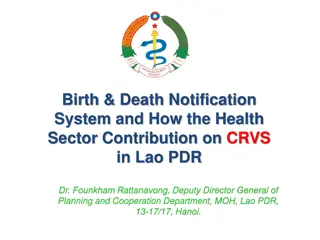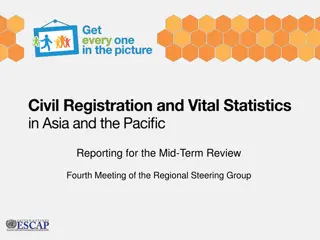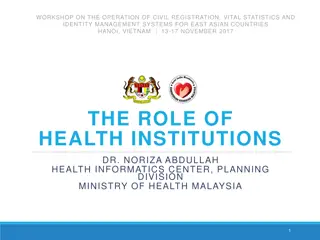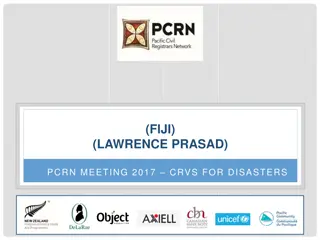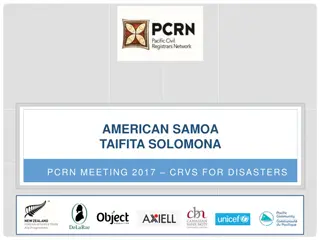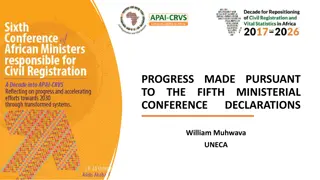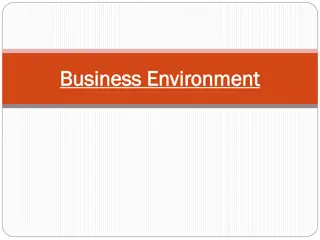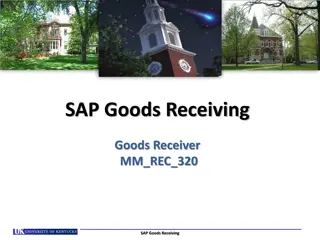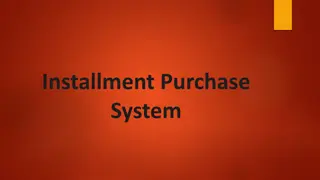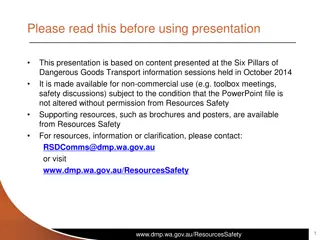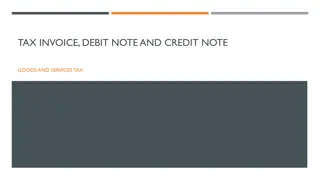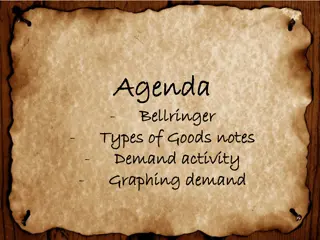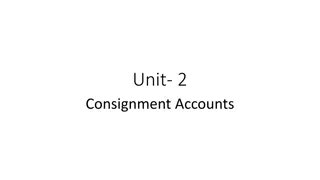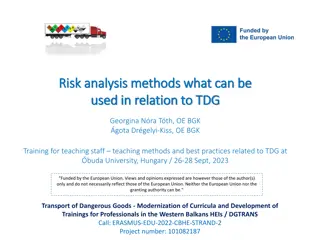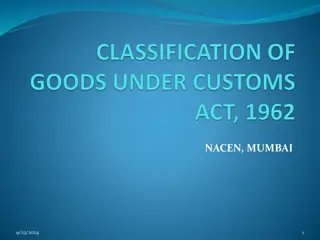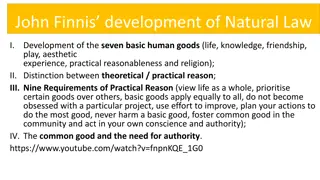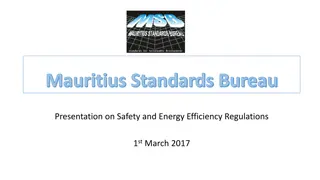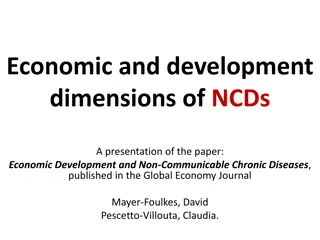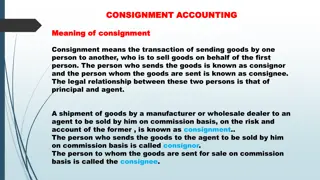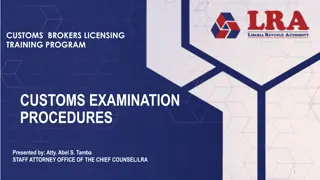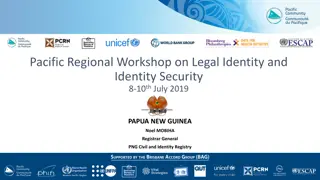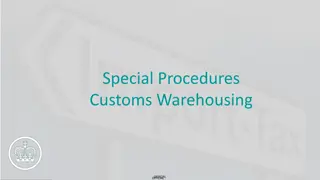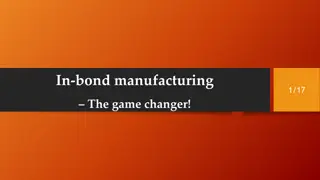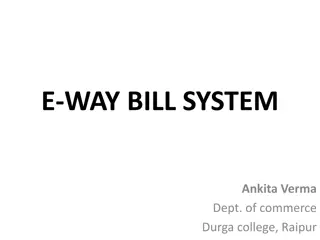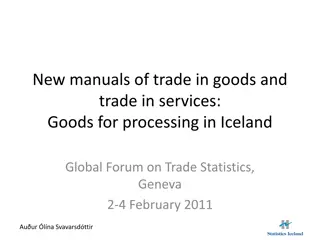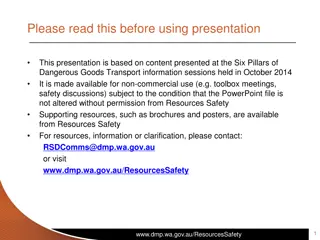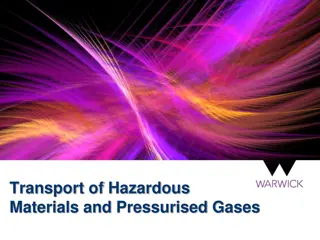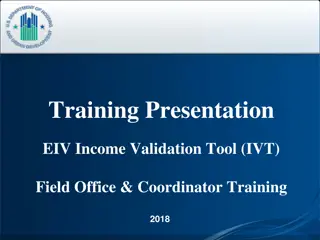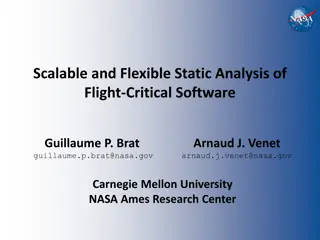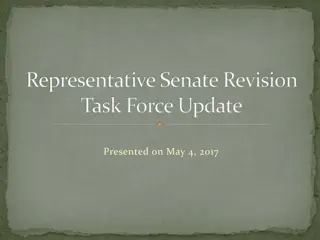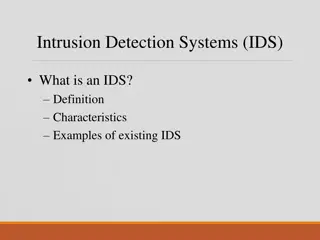Global Goods on CRVS: Positives and Issues
Post-2010, there have been significant efforts to improve Civil Registration and Vital Statistics (CRVS) systems in Africa, led by Asia, Pacific, and Africa regions. The development of operational manuals and handbooks, adoption of global standards, and collaborative efforts have been key positives. However, issues such as the demand-driven nature of documents, language limitations, lack of good practices documentation, and challenges in reaching countries with these resources need to be addressed for effective impact.
Download Presentation

Please find below an Image/Link to download the presentation.
The content on the website is provided AS IS for your information and personal use only. It may not be sold, licensed, or shared on other websites without obtaining consent from the author. Download presentation by click this link. If you encounter any issues during the download, it is possible that the publisher has removed the file from their server.
E N D
Presentation Transcript
Global goods on CRVS Some positives and issues
1. Compiled based on information collected hastily from a few organizations. UNSD list compiled from the UNSD website. Two organizations have not sent information 1. This is work in progress this exercise needs to be completed (will it be global CRVS group?). may be ESCAP does it and presents this in the global CRVS group.
The positives 1. Post 2010 there has been huge push (though political support) from Asia and Pacific and Africa to improve CRVS systems in Africa. Countries needed more operational and practical guidance. This led to the development of a number of operational manuals and handbooks. Some did exist but needed to be refined based on new methods and techniques and advent of modern technologies 2. Many more global institutions (non-UN) joining the fray 3. Many of the global goods are joint or collaborative efforts avoiding duplication, leveraging knowledge in their respective areas 4. Mostly following global standards (principles and recommendations) 5. Validation and dissemination workshops of these global goods providing opportunity to countries to share experiences
Issues for consideration 1. Are these documents demand based or supply driven? 2. More the merrier of more the confusion? 3. Not all these global goods are available in English only and hence may have limited reach 4. Not many documents on good practices and innovations available there has to be a systematic way of addressing this gap. The country examples in many of the documents are picked up randomly and not based on real operational research on the ground. Can member countries help as the knowledge resides there? 5. Country profiles (IIVRS type) are not available 6. Not many seminal research available? 7. How to ensure quality? 8. The cardinal question is how can this reach countries?


